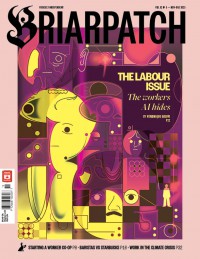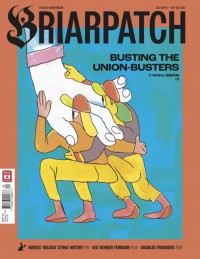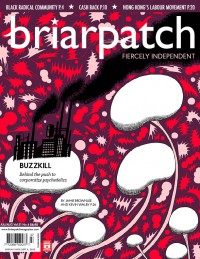-
 Online-only
Online-onlyboots
the Similkameen they say are the strong
the frayed the twisted, the worn, we feel that -

-
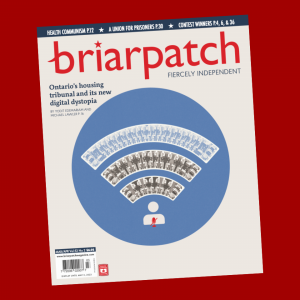 Magazine
MagazineA principle and a place
While the state abandons people it deems disposable, many of the articles in this issue highlight and strategize how to better organize and include people in the margins in our movements.
-
_300_300_s_c1_c_t.png) Magazine
MagazineA Marxist reader for disorienting times
A reading list to help leftists face the conditions within which we organize without consolation or despair.
-
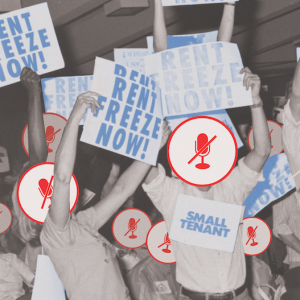 Magazine
MagazineAssembling a digital dystopia
The Ontario Landlord and Tenant Board’s “digital-first” hearing model is silencing tenants and helping landlords evict them.
-
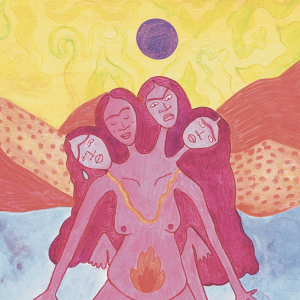 Magazine
MagazineBirth control and reproductive justice
Hormonal birth control has long been a feminist symbol of choice, but without other options, is it truly a choice?
-
 Magazine
MagazineSand
We song our stories – put them to a beat, draw the melancholy out of them, voices like droplets squeezed out of a braided dish rag on an open balcony.
-
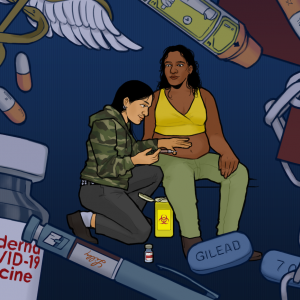 Magazine
Magazine“Health is capitalism’s vulnerability”
An interview with Beatrice Adler-Bolton on her new book “Health Communism: A Surplus Manifesto”
-
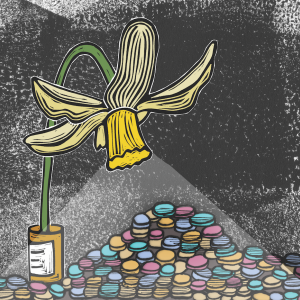 Magazine
MagazineCause of death
Sophie didn’t mean to die. She had simply arrived at the point where she was prepared to try anything to feel better.
-
 Magazine
MagazineThe case for a prisoners’ union
Organizing prisoner workers is the first step toward abolishing prisons.
-
 Magazine
MagazineJournalism with movements in the South
When journalists insist the world’s problems, no matter how big or small, are caused by U.S. government interference, grassroots struggles against austerity and authoritarianism fall out of view.
-
 Magazine
MagazineA reading list on alternative and grassroots media
Alternative media’s promise is that all people have a right to participate in making media, free of commercial and government control. These are a few of the guiding voices on how to build media for people, not profit.
-
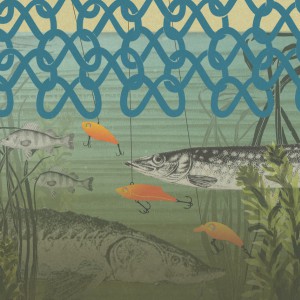 Magazine
MagazineThe dangers of Big Tech funding journalism
Google and Meta are spending millions on programs and awards to help news outlets in crisis. What’s at stake when tech giants are allowed to brand themselves as the saviours of an industry they helped destroy?
-
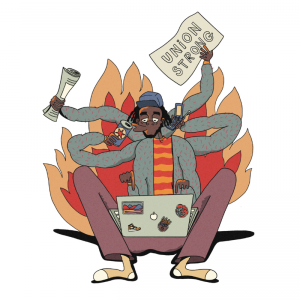 Magazine
MagazineIndependent media’s bad labour problem
From union-busting to systemic racism, when bad labour practices have embedded themselves in the very publications trying to write into existence a more just world, what is to be done?
-
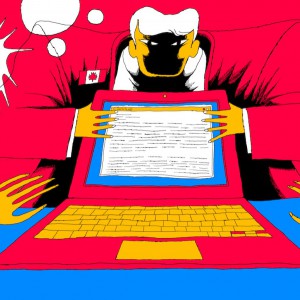 Magazine
MagazineDoing anti-imperialist journalism while the world marches to war
After Russia invaded Ukraine, anything other than support for sending unlimited weapons to Ukraine was painted as pro-Russian propaganda. What does anti-war journalism look like in a climate of social media harassment and state attacks?
-
 Magazine
Magazine“Don’t hate the media, be the media”
How New Brunswick’s Media Co-op is standing up to the Irvings’ corporate power
-
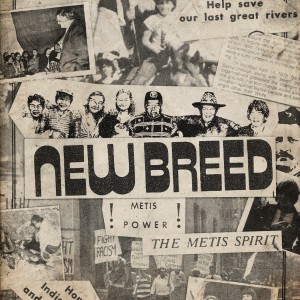 Magazine
MagazineMétis militancy and Saskatchewan media
In the ’70s and ’80s, Saskatchewan’s left was chronicled by two formidable magazines: New Breed and Briarpatch. This is the story of how they made grassroots media in Saskatchewan.
-
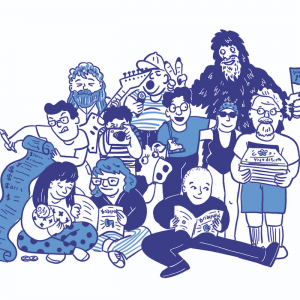 Magazine
MagazineThe people’s magazine
The funny, strange, and dogged ways that Briarpatch’s readers have helped this magazine reach its 50th anniversary
-
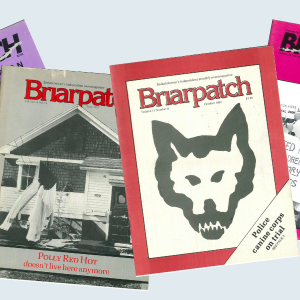 Magazine
Magazine50 years of editing Briarpatch
Four editors reflect on decades of editing Briarpatch: what they learned, the stories that challenged them, what’s changed, and what’s stayed the same.
-
 Magazine
MagazineFile rejected
In 2009, Briarpatch’s $33,000 application to the Canada Magazine Fund was rejected, without explanation, by Stephen Harper’s Minister of Canadian Heritage. It would take an access to information request to reveal that, behind the scenes, the fund’s staff were also being stonewalled by the minister’s office.

